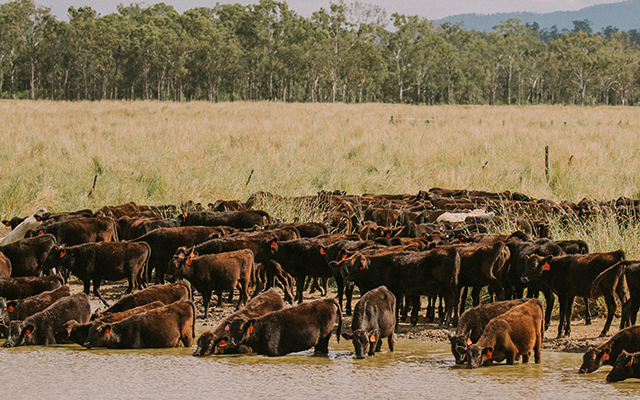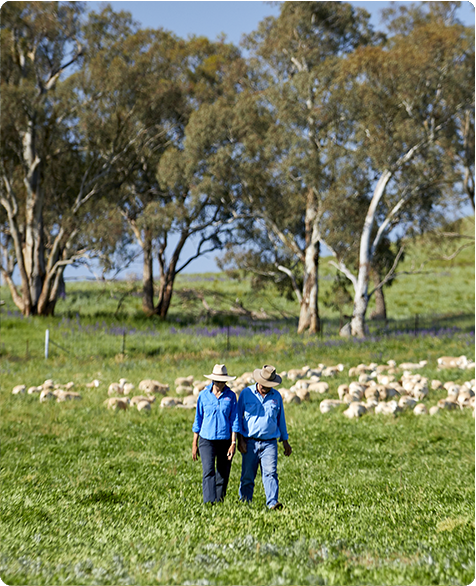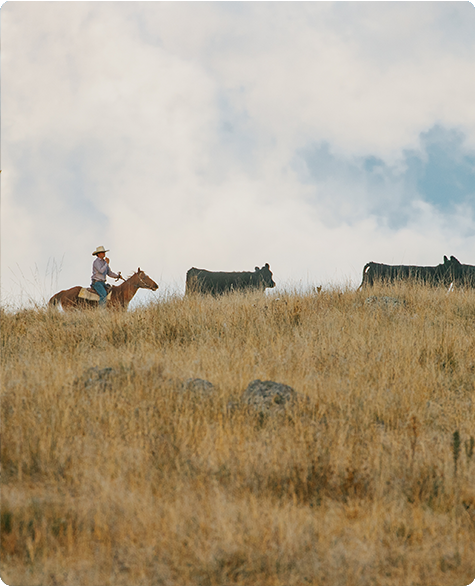Research and development is currently underway to help red meat producers reduce and re-use waste on farms and at feedlots and processors. These solutions are aimed at:
- Reducing emissions from production systems
- Creating new and efficient ways to improve recycling practices
- Reducing and managing effluent and waste run-off
- Developing flexible irrigation strategies that can operate on less electricity and other resources
- Designing and implementing energy awareness programs that reduce the cost and increase the rate of adoption of new technologies by producers and processors
- Investigating alternative energy sources for production systems.
84%
Landfill
A staggering 84% of plastic waste in Australia ends up in landfill.
To do their part in addressing food waste, the red meat industry is concentrating its efforts on innovations to improve red meat packaging, with the end goal being to reduce waste.
Reducing food wastage and packaging
Meat & Livestock Australia (MLA) demonstrate leadership in an evolving frontier of sustainable packaging to foster innovation and circularity within the Australian Red Meat industry, ensuring a more sustainable future for Australian red meat production and packaging. With an estimated one-third of all food produced globally thrown away every year across the value chain, the industry has stepped up to the challenge to revolutionise red meat packaging.
The industry is focused on stemming food wastage with the following initiatives:
- Exploring innovative and sustainable packaging formats that are designed to support functionality and retain product integrity.
- Investigating ambient supply chain technology platforms for viability into extended markets and isolated communities.
- Monitoring the adoption and extension of MLA shelf-life and cold chain management tools to support industry and provide confidence in food safety.
- Investing in solutions to optimise shelf-life to support further cold chain waste reduction.
- Leading the Red Meat Packaging Stewardship multi-stakeholder forum to facilitate collaboration and knowledge-sharing among producers, manufacturers, packaging suppliers, retailers, and industry associations to uphold the reputable quality of Australian Red Meat.
Did you know?
- Microalgae can be used to convert liquid wastes, including from anaerobic digestion, into algal products and clean water that could be reused on site.
- Feedlots are investigating the potential of re-using methane as a renewable energy source, and recycling manure to reduce emissions and create a renewable fertiliser.
- Dung beetles can recycle nutrients in pastures and help store carbon in the soil. Carbon sequestration from these ecosystem engineers could be equivalent to carbon sequestration from 400,000 hectares of eucalypt plantation.




